While the suburban mega city is largely the product of unbridled real estate speculation, their existence establishes a new starting point for urban design—hopefully one that produces cities by nature.
Issued in November of 2018 by a collection of 13 government agencies known as the U.S. Global Change Research Program, the environmental assessments of The Fourth National Climate Assessment (NCA4) present a deeply disturbing forecast and polarizing confrontation to most anyone reading the report.
“Disturbing”, given the grave assessments and the magnitude and nature of the anticipated climate events and their impact to the human condition and natural life of the earth. “Polarizing”, in that the report confronts virtually every individual who reads the 500-some page document, especially those in design-related disciplines, and environmental fields, to make a fundamental choice. One, change how one personally lives, works and the content and expertise they advocate through their work. Or two, ignore the report and go on with one’s life and business.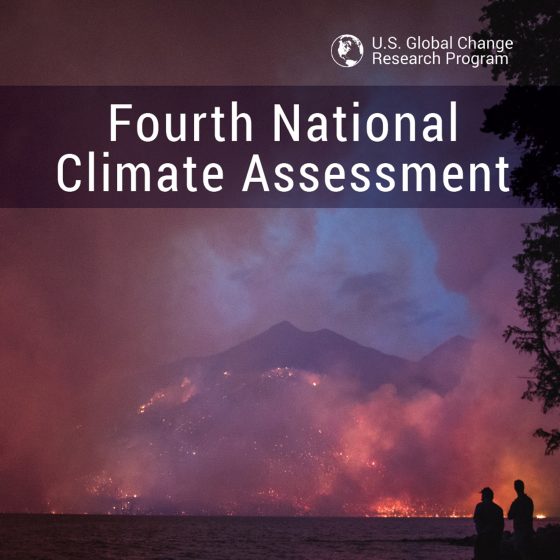
The environmental forecast is dire.
Sea levels are already about a foot higher around US continental shores. Heat waves are increasing and more are predicted. Unusually long droughts are already happening and more of these are predicted and expected to unfold at accelerating rates. The same is forecasted for wildfires. The last three consecutive years have been the warmest years on the measurable record for the globe. The last five consecutive years have been the warmest ever recorded at the polar ice caps.
When first encountered by explorers in 1850, Glacier National Park had 150 distinct glaciers. Today, only 26 remain. Experts are already suggesting that Miami will become “unlivable in the future” not only because of low-level flooding, but also due to salt contamination of the Okeechobee fresh water lake where it draws water.
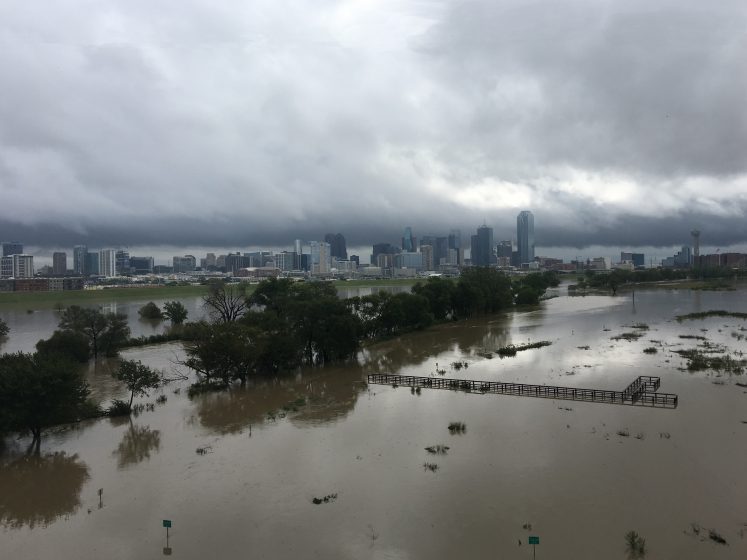
While I unfortunately can’t claim to possess fantastical abilities to tell the future or conjure a crystal ball for a topic that is unquestionably overwhelming and comprehensive, the following article offers a set of realistic proposals to embolden the work of landscape architects, architects, designers, policy-makers and environmentalists. In response to the ever-present question, “What can I do as an individual?” each topic was selected because of the potential it offers to individuals to make a difference.
Topic One: Vitamin N
Health should always be the number one priority and objective that guides city planning, building orientation and their design, to paraphrase the Roman architect Vitruvius in his multi-volume treatise on architecture, “De Architectura” written in the 1stcentury AD. It’s challenging, if not difficult to comprehend how advice taken from a 2,000-year-old document, could be relevant today, given the extraordinary advances in technology and human population. However, a simple diagram puts the challenge and issue of health into a new kind of perspective and unlocks a new awareness about health and the status quo.
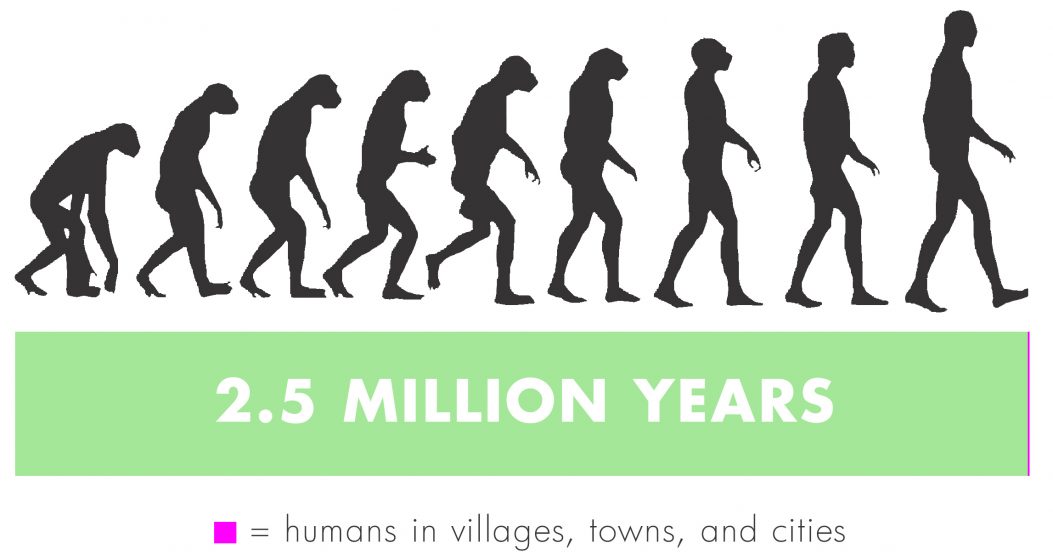 The diagram above illustrates the 2.5 million years that encompass the evolution of humanity. The thin magenta line on the right is more than ample thickness to represent the entire amount of time where the physical backdrop to life that has shaped the human condition has been life spent living in organized settlements, villages and cities. The 150-year era of anthropogenic climate change would fit into an even thinner, microscopic slice of the same line.
The diagram above illustrates the 2.5 million years that encompass the evolution of humanity. The thin magenta line on the right is more than ample thickness to represent the entire amount of time where the physical backdrop to life that has shaped the human condition has been life spent living in organized settlements, villages and cities. The 150-year era of anthropogenic climate change would fit into an even thinner, microscopic slice of the same line.
It might seem like this diagram is a graphic trick to arouse alarm about the rapidity of climate change and how, if it persists to become a more measurable width on this diagram, it would probably mean the end of human civilization. However, the actual point of the diagram is to call attention to the time and the entire area to the left of the right edge, and a particular realization it unlocks about health and human development.
As the legendary biologist Dr. E.O Wilson of Harvard characterizes, for approximately two and half million years, “Humanity was a biological species living in a biological environment.” While most everyone loves the cold medicine and indoor plumbing of the modern world, thirty-some years of credible, peer-reviewed research by individuals such as Dr. Wilson and Dr. Ming ( Frances ) Kuo of the University of Illinois, along with other colleagues of a like-mind, are revealing that human contact with nature produces extraordinary health and human welfare benefits, as follows.
According to studies taken from the Chicago Police and Crime reports, individuals living in public housing projects, where the “housing projects” were cookie cut buildings, people living in the buildings that were surrounded by more trees and nature – “greener in other words” – produced fewer violent crimes and fights. In the greener buildings, when altercations and disputes arose they were less likely to be settled with violence.

Further studies with children who suffer from ADHD and depression, revealed that, when in a controlled test group, children experienced a daily twenty minute walk in a park, another group a residential street with no trees, and a third group in an urban downtown, the children who experienced the park saw a reduction of their symptoms and a higher ability to concentrate than the other two groups whose symptoms were actually amplified by the nature-deficient environments.
Physical, biological and cardiovascular health is also measurably affected by contact with nature. Controlled studies of individuals who were instructed to take “a walk in the woods” developed a healthier cardiovascular blood profile than those who did not. Blood pressure lowered and, astonishingly, blood chemistry altered toward a healthier biochemistry. The health benefits continue.
Individuals who lived in greener neighborhoods also demonstrated a higher ability to survive a stroke, if one happens. As Dr. Kuo has come to summarize, “Nature appears to be a new kind of vitamin” that cultivates cardiovascular health and cardiovascular resilience in humans.
Even a basic question of how much “nature” does one need before measurable benefits appear, reveals that even shorter, periodic “doses of nature” during just a three day weekend trip to a natural area, elevates the production of antibodies and blood chemistry that is beneficial to fighting the advent of cancer cells, an astonishing 50 percent. One month after the three-day weekend with nature, blood tests of the same individuals reveal that blood chemistry is still 28% above where it was before the trip.
The old saying to “stop and smell the roses” portended that actually doing so can improve your health. Thirty-year long studies show that smelling roses (and other flowers that are fragrant to humans) reduces the release of stress and obesity-producing cortisol.
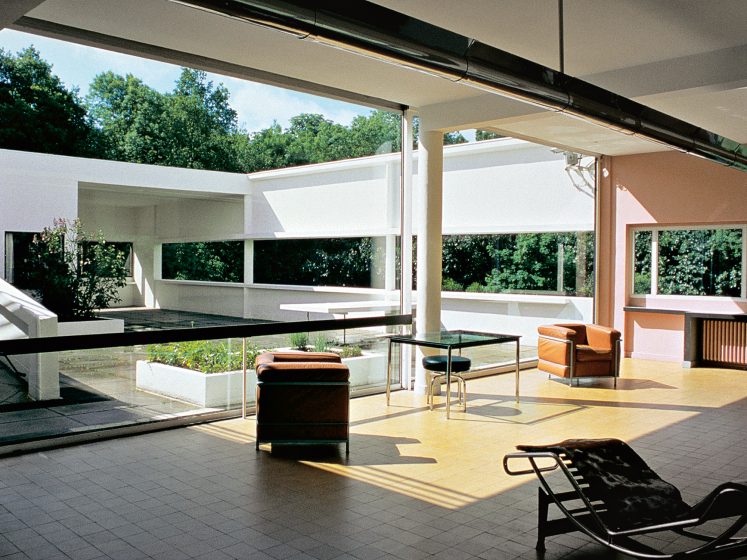
Taken together, along with many other studies with similar results, that “green nature-focused neighborhoods” (and buildings by logical extension) reduce the number of preventable deaths from cardiovascular disease and diabetes, by one half.
Considering that cardiovascular disease cost the US Health Care System over
$500 billion dollars in 2016, and the costs of diabetes related to cardiovascular disease cost were $245 billion dollars, a new Health Imperative for architecture, landscape architecture and environmental design may be coming of age and toward a new purpose with unassailable and measurable results.
To extend the original axiom from Vitruvius, “health” can apply not only to buildings and arranging cities and a physical environment that is healthy to humans, but also how the cities and buildings we arrange reverberate health and healing to a planet that is groaning with the symptoms of Climate Change.
This leads to ReWILDING, which is the next topic.
Topic Two: REWILDING
ReWILDING is a process and an approach to landscape and environmental development that begins by constructing an inventory of the species and natural life that the landscape can shelter, that is also appropriate to the place. Architects, who typically design buildings that are tailored to a similar inventory of occupants, refer to this formative activity as “the program” of a building.
What is known as ReWILDing began some thirty years ago as environmental reconstruction that was intended to rebalance ecosystems through the re-introduction of species, largely alpha predators such as the grey wolf project in Yellowstone and also species that repopulated African preserves and the surrounding savannahs.
The idea that ReWILDING can apply to virtually any landscape project, at any scale as a new programmatic imperative for the landscape of any project or building program, is sweeping the world. The key to understanding the application of ReWILDING as a design activity, is to recognize that all projects and sites are not appropriate environments for all the possible species a region might offer for consideration.
For example, where the left-over landscape around a suburban motor bank isn’t possible to ReWILD for coyotes, red fox and the bobcats that freely roam the watershed corridors in Dallas Fort Worth, a small landscape project like this still can, successfully ReWILD for native bees, pollinators, migratory songbirds and, if storm detention is involved, aquatic plants and the amphibians and species they support.
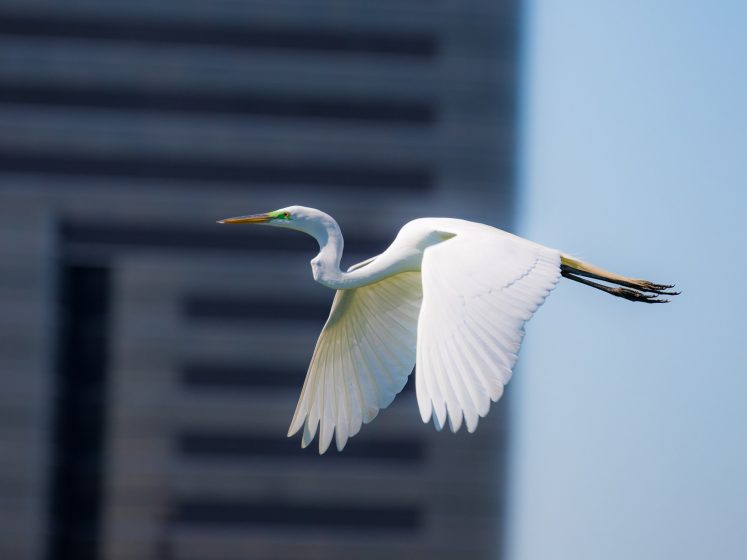
With ReWILDING, almost every new project, site renovation or construction can, to some degree, also be an act of environmental recovery. Once the program of natural species is established, plant communities and arrangements take place accordingly.
The final step in the process is to reintroduce human activity into the ReWILDED landscape, carefully with design, so the two conditions can co-exist.
Topic Three: City by Nature
Cities that flourished in the mid to late twentieth century such as Phoenix, Dallas / Fort Worth, Houston, Austin and Atlanta, all materialized as thinly arrayed patterns that were enabled by the motor car, cheap energy and an environmentally unbridled and unconstrained culture. While pre-twentieth century cities largely formed around densely urban, colonial cores that generated cultural densities (between 30 persons per acre in San Francisco to over one hundred persons per acre in Manhattan), the endless landscape of the suburban megacities average around one person per acre.
An unintended effect of suburban megacities is the appearance of wildlife inside city limits that thrive in an abundant geography of open areas and the ribbons of trees and nature that exist along metropolitan creeks, rivers and ravines of a cities watershed network. While cities have always had “pests” such as rats, fleas, lice and other vermin, the appearance of coyotes, red foxes, turkey flocks, bobcats and nesting eagles are all species that are presently thriving within the Dallas Fort Worth Metroplex, where my private practice works and studies. DFW is a textbook demonstration of solutions and possibilities that can transfer and apply to cities with similar problems and opportunities.
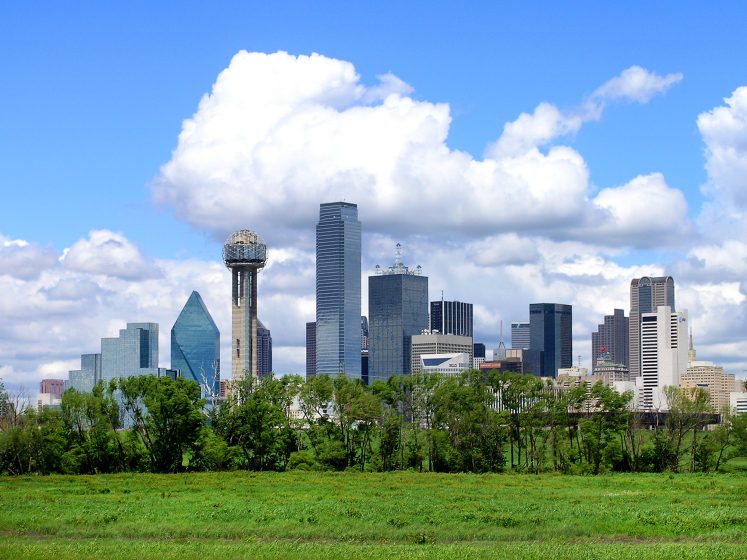
Settled on the gently rolling topography of the North Texas Blackland Prairie, Dallas Fort Worth (DFW ) is traversed by a vast, web-like watershed network of small rivers, creeks, ravines, tree belts and man-made ponds and reservoirs, that some experts might refer to as the Green Infrastructure of the city. Areas such as the luxurious Turtle Creek corridor in Highland Park, Dallas and the historic White Rock Lake reservoir demonstrate how urban planning can leverage a cultural affinity for nature to form neighborhoods of exceptional economic and cultural value around the nature of these kind of resources.
The DFW Branch Waters Network is an emerging planning initiative to make the ad hoc process of development that is forming along the green corridors of the watershed network a more deliberate process with predictable results.
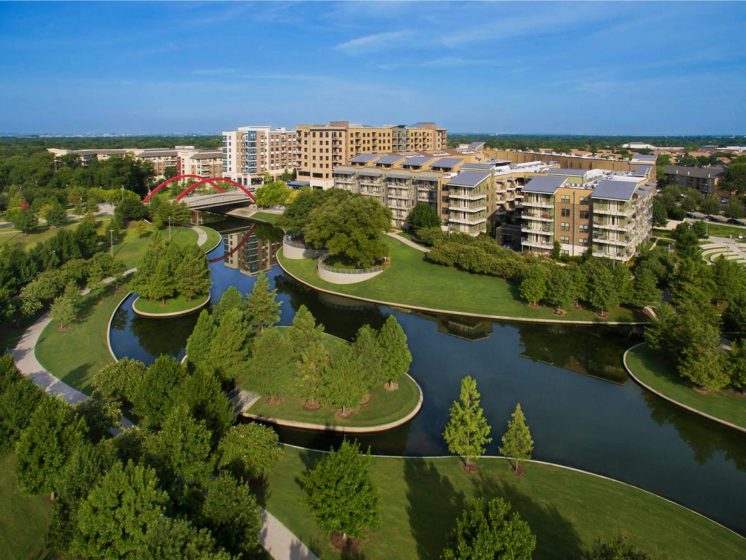
Such an initiative is reinforced by the health benefits of nature, the cultural affinity for nature which attracts density patterns, the connectivity of the watershed nature for recreation and transportation and all the attendant economic benefits and value that could arise, that taken together, could compel suburban mega cities to restructure in potentially, the same number of decades it took to originally produce the unsustainable, endless and sprawling form.
While the suburban mega city is largely the product of unbridled real estate speculation, their existence establishes a new starting point for urban design.
Intersecting these needs with a cultural affinity for nature offers the potential to eventually produce cities by nature, that offer health for the human condition and the environment of the planet, delight and a new kind of prosperity that will not be at the expense of the earth and ourselves.
SUMMARY: Energy, The Common Denominator
According to the 2005 bestselling book “The Tree” by Colin Tudge, wood will be the building material of the future. Tudge’s assertion is not based on his affinity for wood, but rather, an assertion that is entirely based on energy. Wood requires the least amount of energy for its production, given that natural energy of the sun. Depending on how it will be harvested and milled, it is a material that has the lower latent energy that is possible. Finally, wood naturally recycles into the earth through biodegradation.
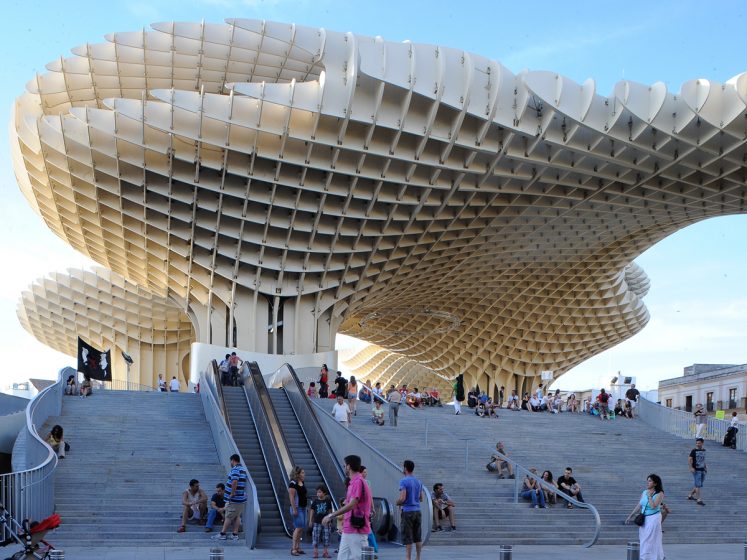
Imagine how the professional design awards would change if criteria principals weren’t only aesthetics, concepts and artistic conceits, but rather were based on a new set of criteria:
- Energy use – what projects use the least amount of energy to construct, operate, and sustain and/or to eventually demolish.
- Human health – the health benefits the building or project engenders in the inhabitants through contact with vitamin N – or nature.
- Ecological conservation – the depth and magnitude of the non-human species a building or a new project site and landscape accommodates and the amount of domestic water use the project preserves.
Given the clear-eyed and disturbing picture painted by the recent The Fourth National Climate Assessment,the path forward demands that the look and style of something may not be as important as the impact it makes and the healing it offers to the environment and human condition.
Where popular culture has many issues and layers that perhaps separate individuals from truly comprehending the gravitas of the situation, landscape architects and the environmental sciences are on the front lines and ready to take action. We are in a unique position to make an immediate and measurable difference.
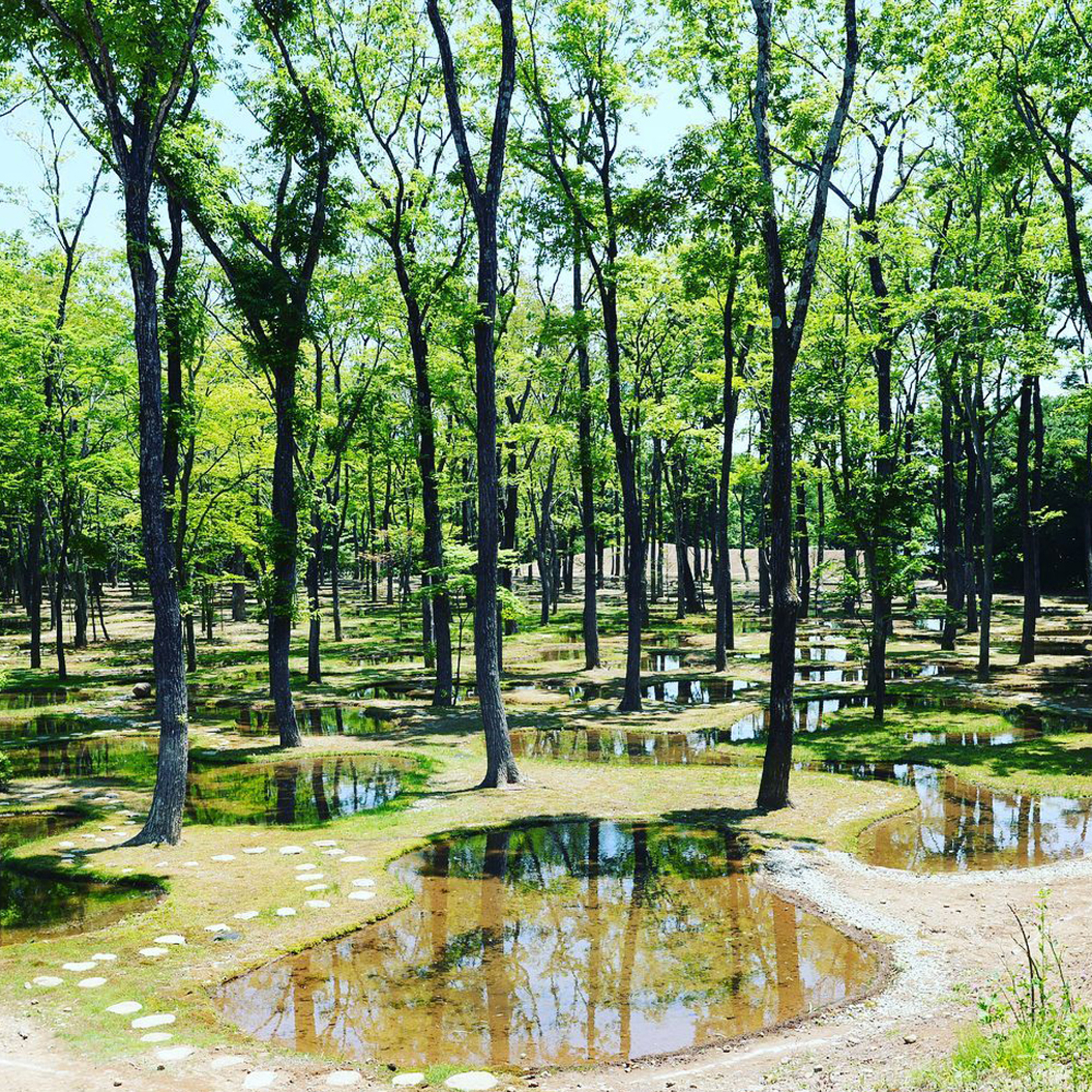
“Form follows performance” may replace the industrial preoccupation of the twentieth century and its priority for “function” that is damaging to the environment. It will take the effort of many, if not everyone’s, hands to get a grip on all the solutions that are needed. It is a purpose and priority on which all should agree.
The work of any and every landscape architect can contribute the next granular improvement to the environment, and that improvement will aggregate with the other granular good works of others to eventually accumulate results.
As one example, in Dallas Fort Worth, if one in every ten households installed a 5 x 5 ReWILDED pocket prairie in their back yard, 1,000 acres of the original Blackland Prairie could be recovered. Even for most commissions that stipulate a cultivated landscape design, edges and fringes always exist in most situations to introduce concentrations of native species that could give respites to migrating pollinators and songbirds.
Potentially of equal or greater importance, is for landscape architects to become advocates and explicators of the environment through writing, speaking and producing videos shorts. Landscape architects are one of the very few professional groups that exist, uniquely educated to understand, predict the consequences, and propose realistic solutions for the climate crisis.
Local newspapers, reeling under the impact of blogs and the Internet, are in need for volunteer writers and ideas and topics worth circulating. Reach out and ask to become a voice in your community newspapers and write for the environment. Community, school and church groups frequently struggle to convene interesting programs for their membership. Reach out and volunteer to give a lively and memorable presentation on the virtues of the landscape architecture you love and the profound ability it has, if redirected in purpose, to affect them individually and the climate crisis positively, and with beauty.
Moreover, landscape architects should learn and then be unhesitant about developing their skills in persuasion, of linking the good intentions of ReWILDING with the superior economic advantages that it often produces. While it’s desirable to bring a larger culture along to a more informed environmental position, in the day-to-day activities, gaining approval of a good idea, even if the basis for preference is cheaper cost and a better bottom line, is the real objective. The environment that needs the solutions and the wild life in search of habitat has little awareness for how their needs are met.
Activities and opportunities like this will often go uncompensated, although not unrecognized. Return on the effort and time it takes to prepare often materializes as another invitation for commissions that align with a landscape architects interest.
In imprecating artists to be leaders, the late sculptor Isamu Noguchi offered remarks that should embolden most landscape architects and planners to act. To paraphrase, “No one is going to pay you in the beginning. Instead, convince yourself and then go out and convince the world what it needs by leading with your unassailable and good intentions, and then, they will know how and why they need to hire you for what’s next.”
Kevin Sloan
Dallas


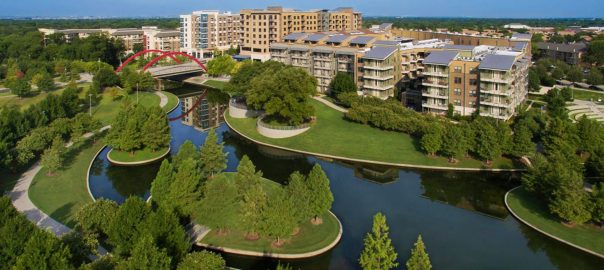
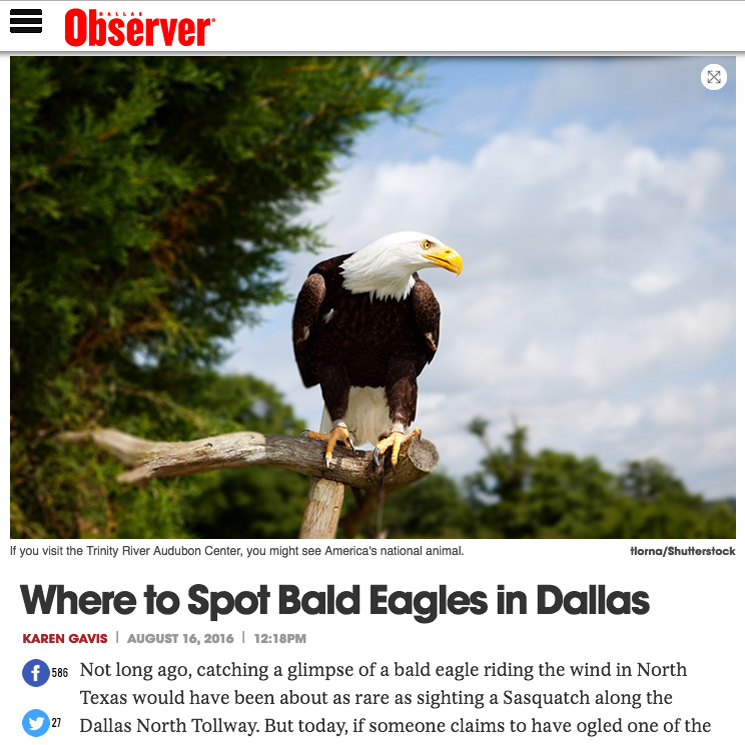
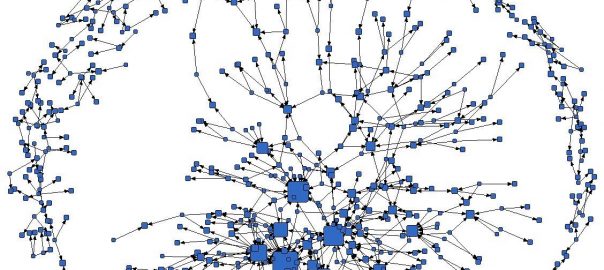
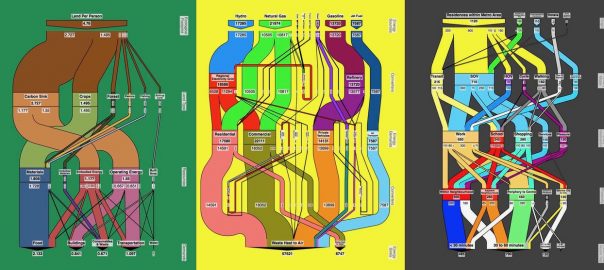
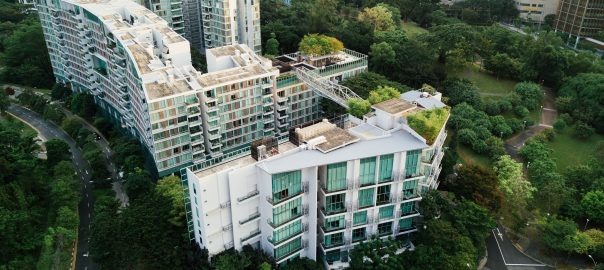
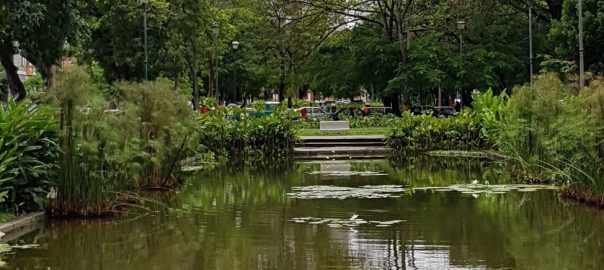
Leave a Reply